| Wednesday, November 16, 2022 | |
Chips Hub Europe: Breaking the Wall to Advanced Innovation in Semiconductor Industry |
|
| 16:01 | Welcome Remarks |
Laith Altimime, President, SEMI Europe Welcome Remarks
 Abstract Biography |
|
| 16:10 | Opening Remarks |
Christopher Frieling, Director Advocacy and Public Policy, SEMI Europe Opening Remarks
 Abstract Biography |
|
| 16:15 | Building Collaborative ECS projects via the Eureka Cluster Xecs |
Nadja Rohrbach, Xecs Director, AENEAS Building Collaborative ECS projects via the Eureka Cluster Xecs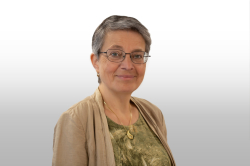
 Abstract Biography |
|
| 16:35 | Smart Test Cells: Improving Efficiency and Convenience |
Felix Patschkowski, Principal Software Engineer, ITEC B.V. Smart Test Cells: Improving Efficiency and Convenience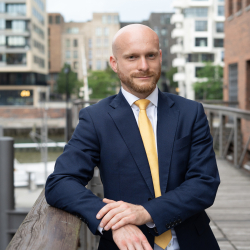
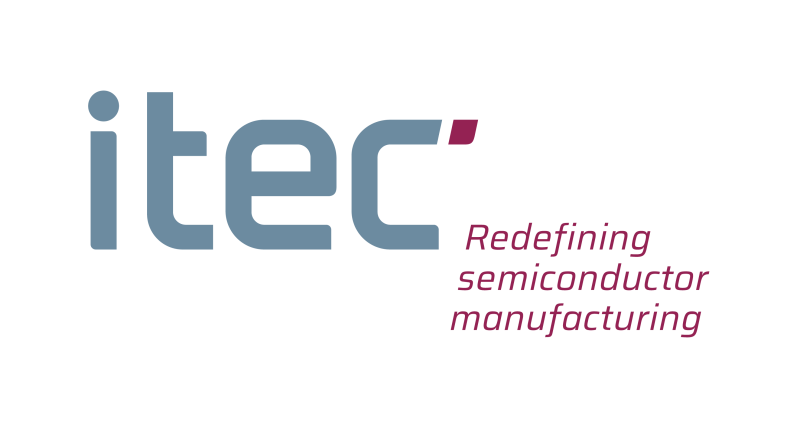 Abstract Biography |
|
| 16:55 | Digital Twin Technology Bridging the Chip Manufacturing Gap |
Rahul Tomar, Managing Director, DigitalTwin Technology GmbH Digital Twin Technology Bridging the Chip Manufacturing Gap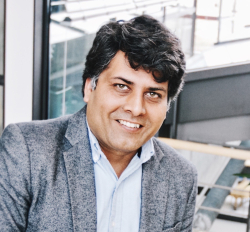
 Abstract Biography |
|
| 17:15 | Synthetic Data for Robotics: Opportunities and Challenges |
Maksims Ivanovs, researcher, Institute of Electronics and Computer Science Synthetic Data for Robotics: Opportunities and Challenges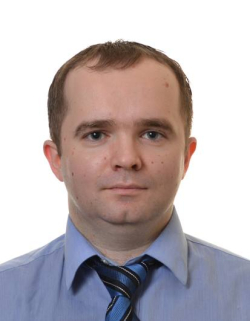
 Abstract Biography |
|